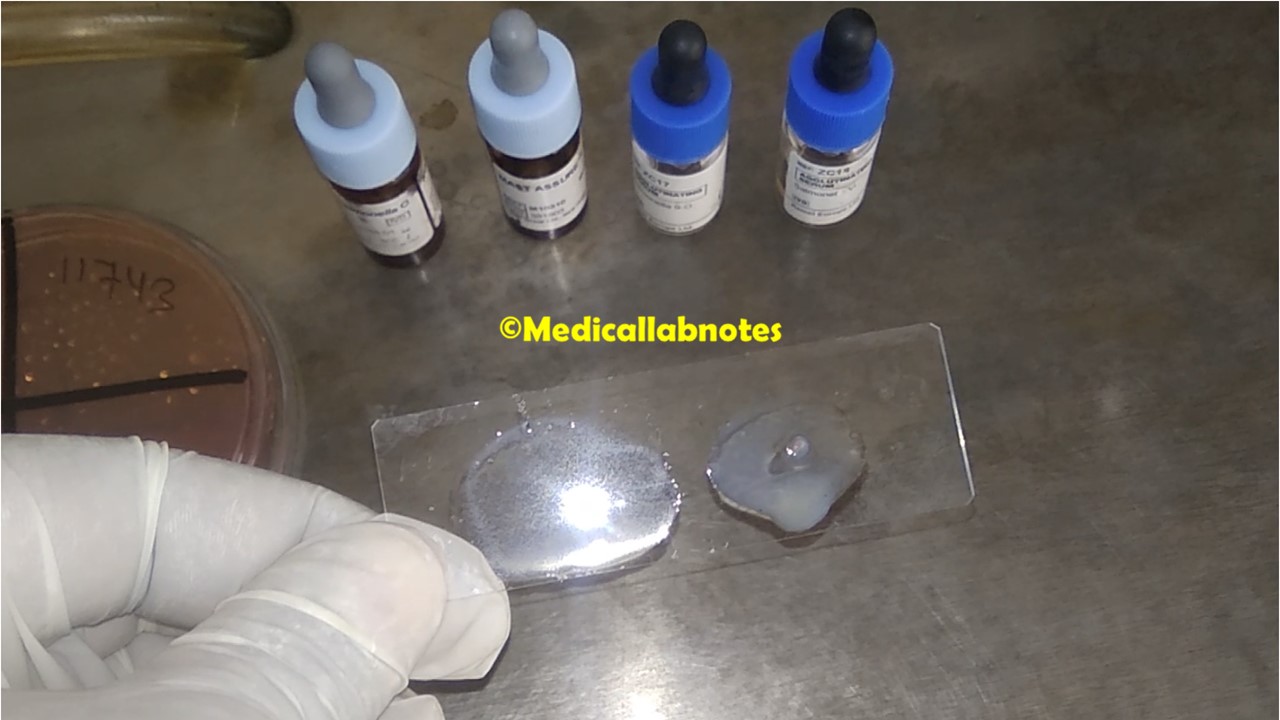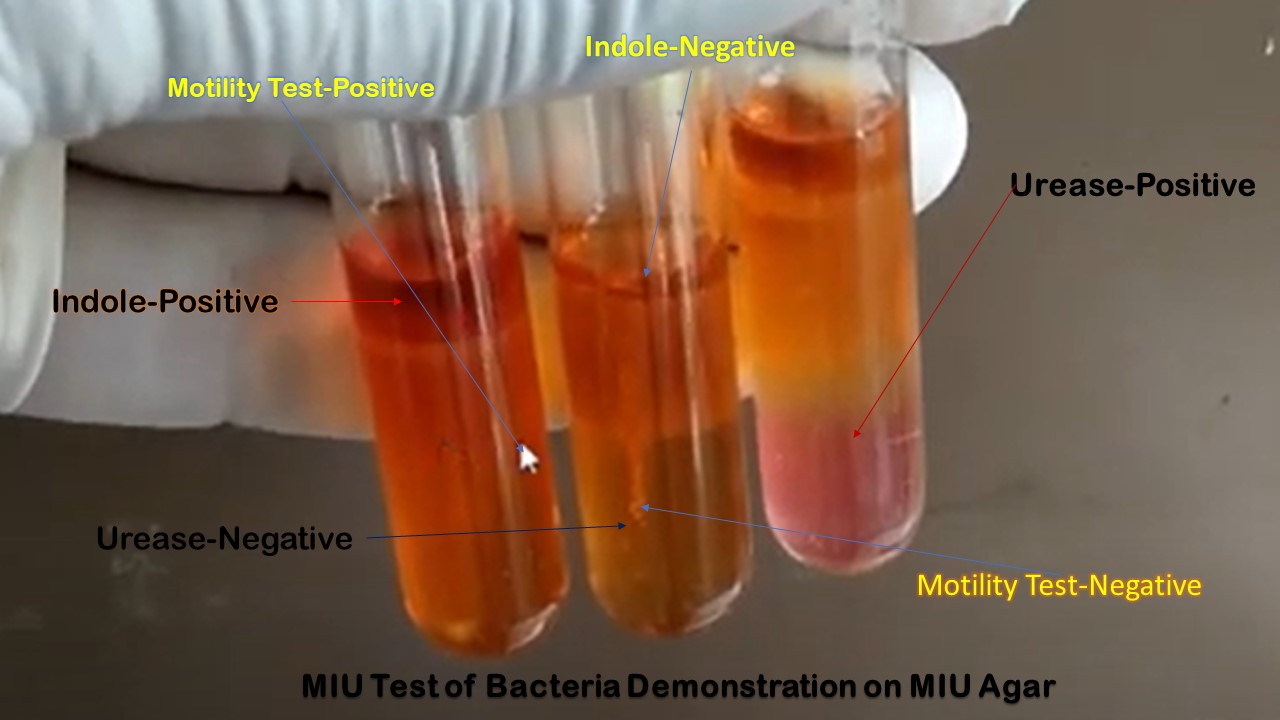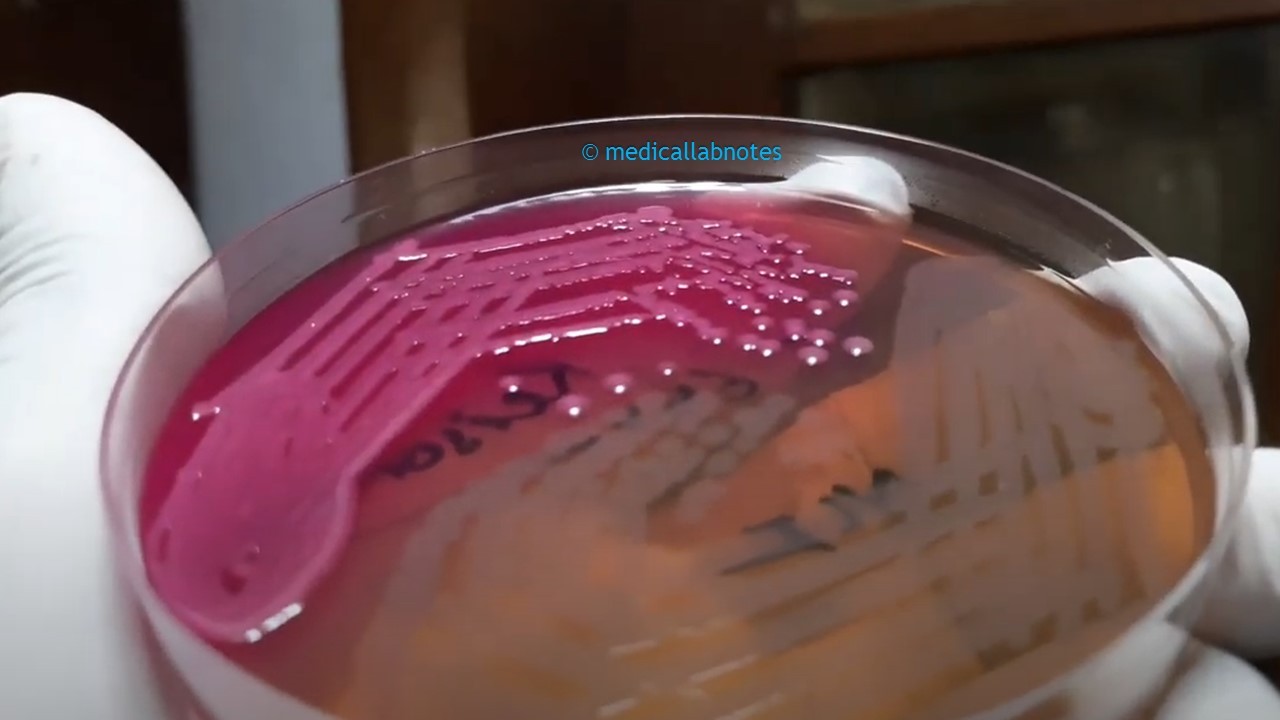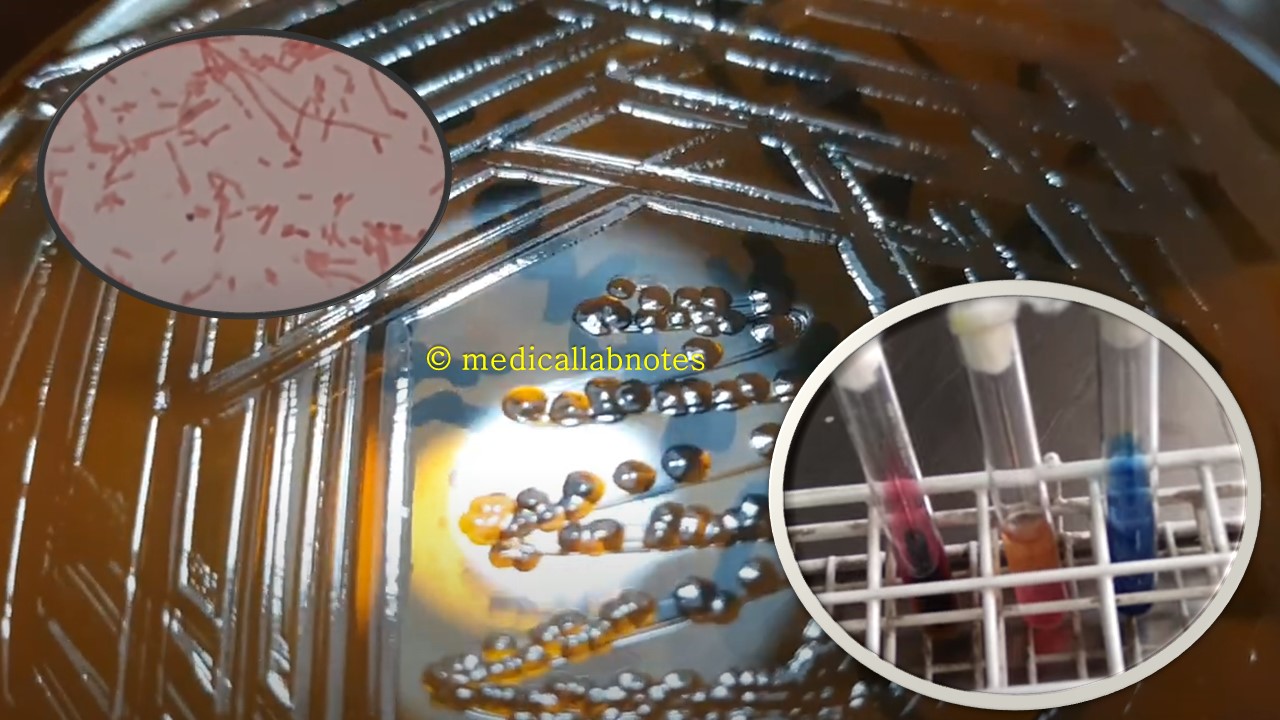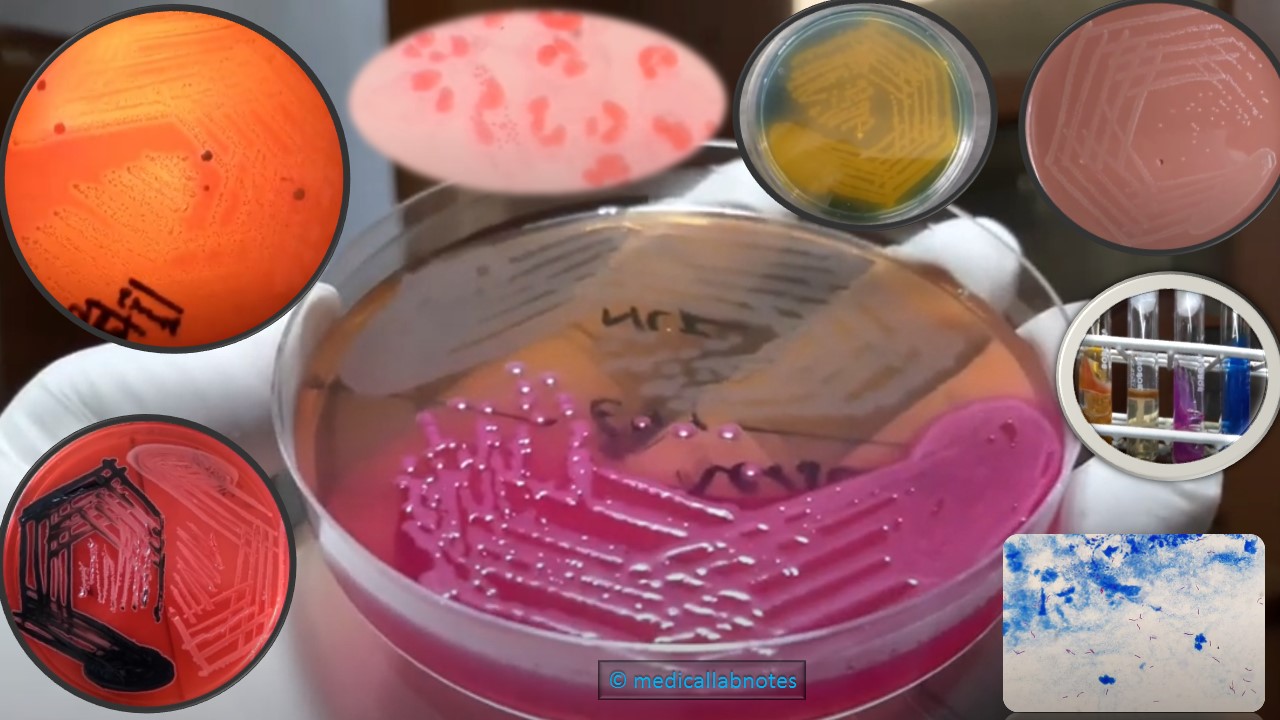Salmonella Serotyping: Introduction, Serotypes and Risk Factors of Salmonella Infection
Salmonella Serotyping Serotyping is a type of epidemiological marker. It works on the principle of agglutination. agglutination or clumping: Positive No agglutination or clumping: Negative On this basis, Salmonella can differentiate whether Salmonella enterica serotype Typhi or Paratyphi and so on. Serotype O antigen Salmonella enterica serotype Typhi ( …

